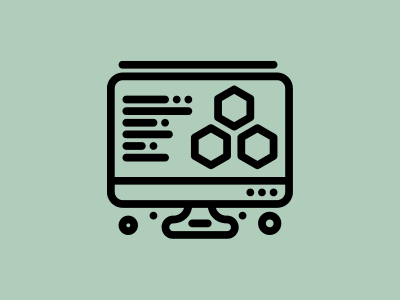Revolutionizing Web Development: The Rise of Jamstack

In the ever-evolving landscape of web development, one architectural approach has recently emerged to redefine how developers build efficient, secure, and scalable websites: Jamstack. This modern web development architecture promises to streamline workflows and boost performance by decoupling the frontend from the backend. This article delves into what makes Jamstack an exciting choice for developers and businesses alike, exploring its components, benefits, and real-world applications that underscore its potential as a game-changer in the industry.
Table of Contents
What is Jamstack?
Jamstack stands for JavaScript, API, and Markup. It is an architecture designed to make the web faster, more secure, and easier to scale. The philosophy behind Jamstack is to pre-render static pages and serve them over a CDN, using JavaScript to handle any dynamic programming during the request/response cycle and APIs for server-side operations. This separation of concerns not only improves performance but also offers enhanced security due to the reduced server-side exposure.
Key Components of Jamstack
- Static Site Generators (SSGs): Tools like Gatsby, Next.js, and Hugo take your content, apply it to templates, and generate HTML files which are ready to be served to your users.
- Headless CMS: Content management systems like Contentful and Sanity allow you to manage your content separately from your site’s codebase, which can then be pulled into your templates via APIs.
- APIs: Whether third-party or custom-built, APIs are essential for integrating dynamic functionality without backend server management directly in your web applications.
- CDNs: Content Delivery Networks ensure that your static assets are served quickly to users all over the world by caching them in multiple locations globally.
Benefits of Jamstack
- Improved Performance: Static files served over a CDN are inherently faster than those served from a single server processing requests in real-time.
- Enhanced Security: With fewer server-side components, the surface area for attacks is significantly reduced.
- Scalability: Handling traffic spikes is easier when serving static files. Scaling involves simply serving more of these files rather than scaling compute resources.
- Developer Experience: With clear separations of concerns and modern tooling, developers can streamline their workflows, which improves productivity and reduces time to market.
Real-World Applications of Jamstack
Businesses of various sizes have adopted Jamstack for its robustness and efficiency. Examples include:
- E-commerce: Platforms like Shopify or BigCommerce integrate seamlessly into Jamstack, allowing for fast, scalable online stores.
- Media Sites: Publications can deliver content lightning-fast, enhancing user experience and engagement.
- Corporate Websites: Ensuring fast, secure, and maintainable sites, which is crucial for maintaining corporate presence and reliability.
Conclusion
Jamstack represents more than just a shift in how websites are built; it embodies a movement towards a more efficient, secure, and user-friendly web. As businesses increasingly look for performance optimization without compromising on user experience, Jamstack offers a compelling toolkit. By leveraging modern development practices and technologies, Jamstack not only meets current web demands but also sets the stage for future innovations. Whether you are a developer looking to hone your skills or a business aiming to upgrade your online presence, considering Jamstack could be your next strategic move. As we continue to witness the digital transformation of various sectors, embracing architectures like Jamstack could well be pivotal in staying ahead in the digital race.




